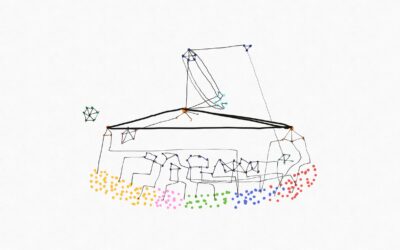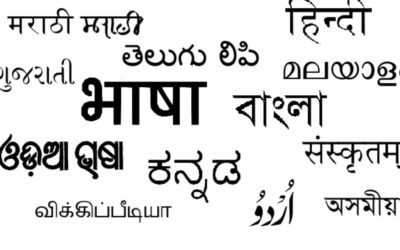When I think of poverty and development, I think of them to be relative rather than absolute, as they are defined partially by the existing living standards. For example, at a place where the rich owns 10 acres of land, those who do not own any land, could be called poor. If the rich in a place own 100 cars, then those who can only afford one, are poor. However, these are subjective standards. What about the basic necessities of a human body?
Working at Swasthya Swaraj, a primary healthcare organisation working in rural Odisha, I have encountered a definition of poverty based on the criteria of whether someone survives or not.
Rural Odisha is beautiful, with hills surrounded by lush green forests and paddy fields. The tribal communities reside in mud or clay brick huts, with bamboo and slate roofs in well-spaced out and clean villages. The livestock lives among them. These communities are, or at-least were, forest dependent, from where they derived a large part of their consumption.
The people appear to be pretty active too, and are usually occupied with their everyday work. The children are busy playing in groups, and there is plenty of livestock. To be frank, I was surprised to learn that this region is considered to be one of the poorest regions in India, as it was not as per my imagination. However, as I learnt later, that it was the time of the year when I was visiting that made all the difference.

According to the paper* ‘Poverty and Economic Change in Kalahandi, Orissa: The Unfinished Agenda and New Challenges’ by Sunil Kumar Mishra, Poverty in Kalahandi is “Paradoxical” in nature, as all the factors such as natural resources, forests, labour force and landholding suggest a rich and ideal environment for growth and development. However, the reasons the district is known for, are backwardness, hunger, disease and starvation deaths. This extreme poverty exists due to environmental and socio-cultural factors that affect the primary occupation of the people: agriculture.
There is extreme fluctuation in weather, especially rain, and any year can be a drought year, which makes the agricultural output extremely volatile. Over that, farmers in this region receive one of the lowest pays for their crops in India, which results in almost 88.6% of the people being below the poverty line in Thuamul Rampur Block. Also, a majority of the population are agricultural workers, who do not own much land. Many migrate to bigger cities during non-agricultural seasons.
This sheds light on how important accessibility is, to a rural household. Accessibility of healthcare, education, credit and market. I went to many villages and the schools were locked in every single one of them. When asked, the people always responded that the teacher lives in Bhawanipatna, and never comes to the school. In many instances the school buildings are also used for storing agricultural produce. The same stands true for Aanganwadis, as there is no one to look after them. The people do not trust it because of the state it is always in.
Healthcare is a service that Swasthya Swaraj is working to provide, through a community led programme. Existing faith-healers are extremely knowledgeable, but there are many diseases that need attention in a hospital. That is also why almost all the patients that Swasthya Swaraj tends to, are in a serous condition, as they had no other option but to go to a hospital. Diseases that can be dealt with easily, become life-threatening, and patients often have to cross multiple rivers and hills to reach the nearest centres.
Also, as Kalahandi has been under the spotlight for a large number of years, there have been numerous programmes and policies, which have unfortunately forced the habit of dependency among Adivasis rather than empowering them. Now even for starting nutrition gardens, as done by Swasthya Swaraj in a few villages, the children expect poha, or biscuits as a reward for their time.

The poverty in Kalahandi does not arise out of lack of resources, or an incompetent workforce. It exists due to the volatility in almost all aspects of life.
Farmers do not know if their crop is going to yield well, and even if it does, they are not assured a great price. For the agricultural workers, many are in debt, and have provided their labour as repayment. Healthcare and nutrition are looked after, as almost all of the monetary power lies with the men, a significant population of whom spend it on alcohol.
I even heard of instances where men sell the ration they get from the PDS, for cheap, and buy alcohol from that money. The Adivasis are not solely responsible for this. If the government had given adequate attention to healthcare, education and agriculture, or even systematically carried out policies such as land distribution, the story would have been very different.
Kalahandi literally stands for “Black Pot”, which is derived from the fertile black soil that is prevalent in this region. Such a place should be first to develop, given the resources that are present. However, no attention is paid to the Adivasis. There are many villages which do not even have electricity yet. We need to start caring about the basics. We need to build the foundations of education and healthcare, and the development will follow.
Reference:
* Mishra, S., 2001. Poverty and Economic Change in Kalahandi, Orissa: The Unfinished Agenda and New Challenges. Journal of Social and Economic Development, III (2).




0 Comments